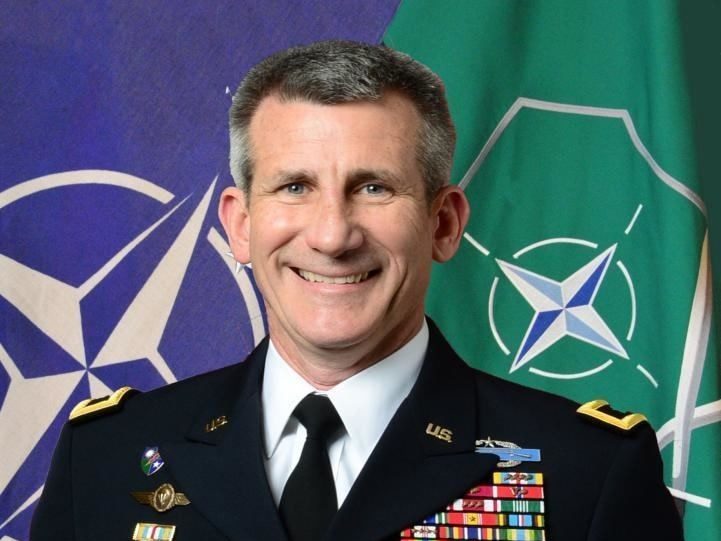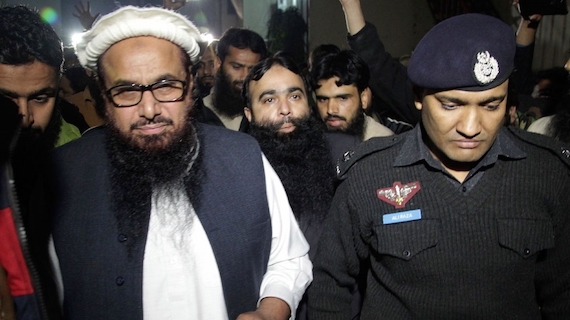Context
As Donald Trump settles down in his role as the new president, a considerable amount of discussion is focused on how he is likely to deal with the ongoing campaign against extremism. Since its inception in the aftermath of 9/11, the war against terror is continually evolving, and thus the question of how best to win the war has to be intermittently posed.
In line with this, President Trump has signed an executive order instructing the Pentagon to develop a preliminary strategy in thirty days to defeat Islamic State/ISIL/ISIS/Daesh in Iraq and Syria. The challenge is that Daesh is active not just in Iraq and Syria, but in many other theaters where the campaign is being carried out. A related debate is about the direction of Trump’s policy towards Afghanistan and Pakistan is also occurring. As has become customary, a review of this policy is also in progress.
Updating the Senate Armed Services Committee on February 9th, Commander of Military Operations in Afghanistan General John Nicholson described the situation there as representing a ‘stalemate’. He was particularly concerned about the Russian involvement and its and efforts to provide Taliban public legitimacy. While praising Pakistan for its counter terrorism operations, he was apprehensive about the presence of Taliban sanctuaries and Pakistan’s continued differentiation between Good and Bad extremists.
Analysis
As these deliberations to determine the future course continue, one would have to be cognizant of the following salient characteristics, and their implications, that represent the wider campaign against extremism.
Character I – The growth of Non-State Actors of different colors accompanied by Asymmetric Warfare, which the conventional militaries were not trained to engage in.
These include Sunni ISIL and AQ that apparently do not listen to anyone. Since 9/11 many affiliates of AQ have also sprung up in the extremism inflicted regions. Some are loosely attached while others are more directly linked with AQ. In some instances, these associates are also perceived to be under the influence of a state entity. On the other hand, there is the Shia Hezbollah acting as a proxy of Iran.
The third kind of non-state actors are nationalist in character such as the Kurds and Houthis, and moderate forces like Free Syrian Army (FSA) supported by the West, and others, against the extremists.
Character II – Future of extremism as represented by Fission and Fusion of Sunni extremists and the emergence of Daesh. The harmonization or divisions have resulted in new alignments amongst extremist posing ominous risks for the nation-states of the region and beyond. For example consider the tussles between AQ and Associates against ISIL and Associates.
Character III – Societal transformation of extremist inflicted regions with increased polarization, growing religious conservatism, decreasing secular space and respect for minorities, with difficulty in achieving political consensus. The election results are narrow; power sharing formulas and unity governments are the outcome as witnessed in places like Iraq, Afghanistan and Tunisia.
In addition, this transformation has created a fear that religious parties may make it to the helm of power using the system, as occurred in Egypt under Mursi, followed by the takeover orchestrated by General Fattah el-Sisi.
Character IV – The application of military force against extremists appears to have not worked and the political reconciliation is proving to be equally difficult; there are no clear winners or losers. The agenda of the extremists is often too harsh to reach any settlement. On the other hand, there is lack of ingenuity in crafting an alternative approach.
Character V – The tactics and strategies employed against extremists are mostly event/incident driven. Strategically, the emerging focus is on regional approaches and the onus is shifting towards western allies to take the lead in the fight against extremists and applying kinetic tactics. In many theaters of the war against terror, civil war like scenarios are now ripe and Urban Warfare the likely outcome.
Character VI – The weakening Nation-State structure is under dual economic and security pressures. The governments of the regions concerned are finding it harder and harder to govern as the multidimensional internal and external security risks intermingle and manifest. Internal divisions make it harder to deal with the external enemies, while those that pose external threats exploit internal risks. This dynamics produces a circular threat perception for the subject.

Character VII – Globalization and interconnectivity is being hindered by security apprehensions whether it be the Trans-Pacific Partnership, Kashgar-Gwadar Economic Corridor, or the Iran-Pakistan gas pipeline project.
Economic aspirations now stand face to face with security concerns in many parts of the world, and the individual identity hangs in balance between the national, global, religious, tribal, and ethnic loyalties. The forces of religion and globalization are both acting against the nation-state structure and are often perceived as exploitive.
Character VIII – The cross-pollination of global power tussles, the process of change represented by Arab Spring like uprisings, and extremism has made the war against terror even more complex and motives confusing. This is amply visible in the Syrian conflict. Moreover, weakening Europe and emerging BRICS have created a flux in the international systems, making the balancing act very stressful for international players. Moreover, the position of China and Russia on extremism has evolved markedly differently than that of the US and its Western allies.
Character IX – The future role of religion and the crisis of identity is brewing as nation states become weaker. Two key questions are emerging in this context: one of them is equally applicable to the West and has to do with the settled debate of the separation of the church and the state. The other question is related to the extremist inflicted regions, in terms of who represents Islam.
Character X – The emergence of virtual soft weapons of mass destruction: Information and Cyber Warfare. The use of Social Media for radicalization, recruitment, and countering extremist messages and ideologies is an example. While the access to physical WMDs is limited, these virtual soft weapons are freely available.
The Future Policy
The new policy to fight extremists needs to be premised on what the campaign has become, not what it was. Any future policy to deal with Daesh in Iraq or Syria, or Good and Bad extremists in the AfPak theater, would have to be shaped in the perspective of the emerging global realignment where Russia and China are playing an increasingly critical role – and the room for any unilateral American or NATO move is consistently shrinking. Moreover, the negative American perception in the Islamic world is being exploited by China and Russia.
Pakistan’s War Against Terror
It is in this context that we need to understand the circumstances surrounding Pakistan’s decision to put Hafiz Saeed under house arrest.
Some analysts have interpreted the decision was taken to mitigate the threat of sanctions from the Trump administration. Others have cited Chinese involvement which has been more involved in these matters at the United Nations Security Council and previously blocked efforts to declare the chief of Jaish-e-Mohammed (JeM) Masood Azhar a terrorist. China is also preparing and positioning itself to deal with the dramatic change in the American political landscape. This step also addresses Indian demands to remove hurdles in the path of stalled Pakistan-India dialogue.
The arrest of Hafiz Saeed symbolizes continuity in Pakistan’s policy towards non-state actors, including those that are focused towards Kashmir and India. Pakistani officials have consistently conveyed to the US that it cannot target all the non-state actors at the same time, and its strategy is premised on sequencing. And this has been a consistent topic under the security and counter-terrorism strategic dialogue between the two nations.
The growing threat of IS/Daesh in Afghanistan is raising concerns for China, Russia, Pakistan and increasingly Iran. Because of its involvement in Syria and Yemen, Iran is worried that IS/Daesh may attempt to open another front against it in Afghanistan. This, in turn, accompanied by the uncertain US policy and growing Russian influence, is also pressuring the Afghan government and Afghan Taliban to reach some kind of agreement, as continuing war there impacts the Afghans more than anyone else.




